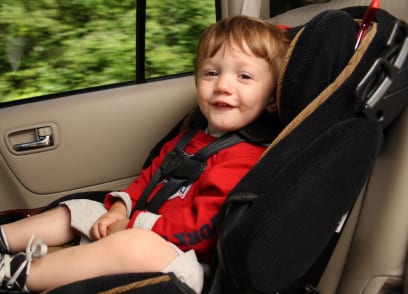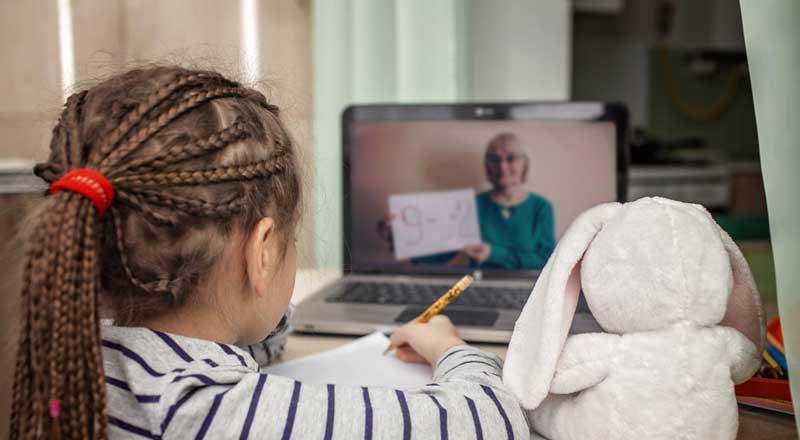Car seats are known to be highly effective in preventing death and injuries in car crashes. In fact, the National Highway Traffic Safety Administration reported that the protective seats reduce fatalities by a whopping 54 percent. Now the American Academy of Pediatrics has released updated advice on when to strap your kiddies into their special seats.
The AAP recommends that parents keep their toddlers in rear-facing car seats until they turn two or reach the maximum height and weight limits for their seat. Before this, it was common practice for parents to turn their children around at one year old. However, Dr. Dennis Durbin, the lead author of the policy statement and accompanying technical report, reported that rear-facing child safety seats do a better job of supporting the head, neck, and spine in a crash and allow the force of a collision to be distributed over the entire body. In fact, a 2007 study in the journal Injury Prevention showed that children under two years old are 75 percent less likely to die or be severely injured in a crash if they’re in a rear-facing seat.
Dr. Durbin also recommended a forward-facing seat with a harness for larger children, stating that it provides more safety than a regular booster seat. When children reach ages 8-12, they should ride in a belt-positioning booster seat, at least until they grow to be 4 feet 9 inches in height. Additionally, children should ride in the backseat until they are 13 years old.
According to AAP, “Children should transition from a rear-facing seat to a forward-facing seat with a harness, until they reach the maximum weight or height for that seat. Then a booster will make sure the vehicle’s lap-and-shoulder belt fit properly. The shoulder belt should lie across the middle of the chest and shoulder, not near the neck or face. The lap belt should fit low and snug on the hips and upper thighs, not across the belly.”
The rate of motor vehicle deaths in children younger than 16 years old has dropped 45 percent from 1997 and 2009. Following guidelines formulated by experts in the industry will continue to improve that percentage!





